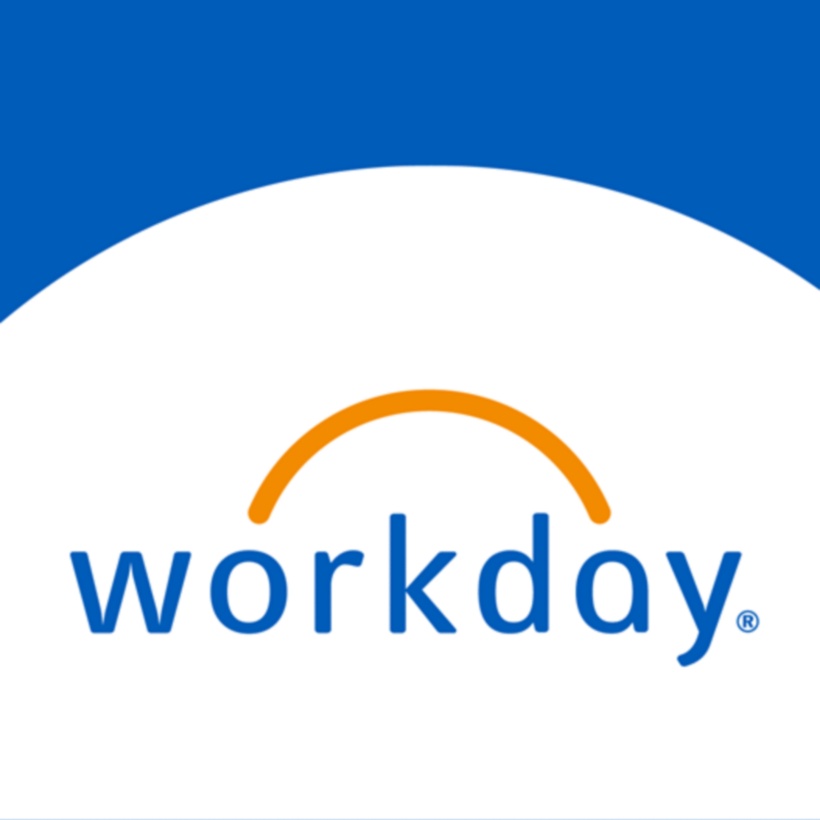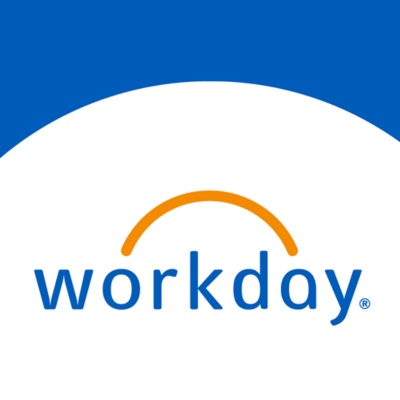The C-suite has acknowledged the undeniable trio of uncertainty, volatility, and rapid technological advancements as a prevailing reality. That means organizational agility—the ability to turn on a dime and rapidly scale change—is a necessity. The fastest route to agility? It’s one we’ve all heard of: digital transformation.
While digital transformation is perhaps the most often cited business goal in recent years, the reality is many organizations’ technology investments fail to achieve intended benefits—and often don’t go far or deep enough. There’s a huge amount of waste happening: Just 26% of organizations will achieve the targeted ROI associated with their digital transformation investments, according to IDC’s white paper, “Adaptable Architecture: The Backbone for Digital Business Models,” which details the value of digital models and obstacles to change.
The agility today’s business leaders need demands a business model supported by digital technologies across all processes, both internal and external facing. That digital-first model requires an “intelligent core” tech architecture defined by adaptability—along with new ways of thinking and working. Those are the central findings of IDC’s research.
Most organizations can’t take a “greenfield” approach, building an entire digital stack from scratch; they have legacy systems and technology debt. In fact globally, 85% of organizations have an outdated core IT platform. Just 15% have an adaptable technology architecture that acts as a backbone for digital business models. Far more common, IDC finds, is an “islands of innovation” approach involving stand-alone digital innovation projects or a “sidecar mode” (think two parallel tech environments, one of which is customer-facing and nimble, the other traditional and enterprise-facing).
While those latter two approaches can deliver benefits, they’re ultimately insufficient, blocking organizations’ ability to rapidly scale digital initiatives and be truly digital first. In the end, there’s no shortcut. Getting to scale requires an intelligent core—an agile backbone that can respond to market changes on a dynamic basis. Reaching this point may not be effortless, but it’s certainly worth it. Digital-first organizations are twice as profitable and grow revenue eight times faster than non-digital peers in their industry, IDC research highlights.
Let’s take a closer look at what a future-proofed IT core looks like, as well as how processes and structures—and leadership—needs to evolve to support it.









